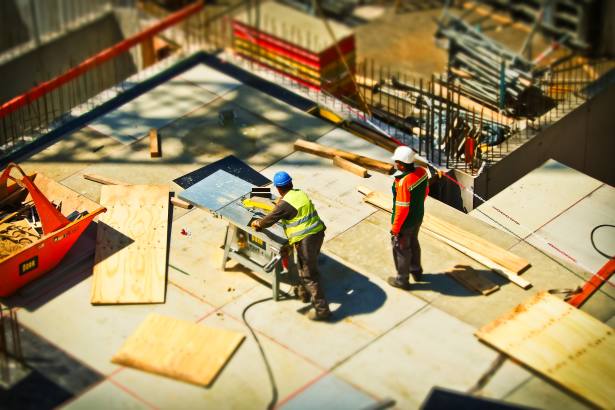
Infrastructure has been an impressive growth story to date.
But what can investors expect from the asset class in the future? Will it continue to grow or should advisers be preparing their clients for a slowdown and therefore lower returns?
To understand more about the asset class, it helps to look at where growth has come from in the past.
Peter Meany, portfolio manager, First State Global Listed Infrastructure fund, says a number of economic and demographic shifts have driven the growing need for infrastructure.
Most people are aware of the need for more buildings, such as schools and hospitals in the UK and other developed markets, as well as the role infrastructure can play in updating and maintaining infrastructure.
In emerging markets, the need is for far more basic infrastructure, such as roads and bridges.
Mr Meany explains: “Structural themes including urban congestion, globalisation of trade, evolving energy markets, and mobility of communications have placed enormous strain upon existing infrastructure networks, many of which now require replacement cycle or additional investment over many decades.
“In recent years, investors have increasingly recognised that these assets - backed by the right business model - have the potential to deliver attractive long-term returns.”
He notes: “These themes have coincided with an expansion of the listed infrastructure investment universe, due to corporate restructurings and government privatisations.”
Going for growth
Today, infrastructure is an asset class in a multi-decade secular growth phase, according to Nick Langley, co-chief executive officer and co-chief investment officer at RARE Infrastructure, a Legg Mason affiliate.
“Estimates vary; however they all point in the same direction – the global stock of infrastructure assets is set to expand greatly over the coming years,” he forecasts.
“One set of calculations produced by a leading economic think tank [David Hale Global Economics, 2014] estimates the global stock of infrastructure doubling to more than $110trn over the next 15 years.”
Figure 1: The expected growth in the value of global infrastructure assets by sector
Source: David Hale Global Economics (2014) and RARE, as at 31 December 2014
He predicts the expansion in infrastructure stock will be driven by both developed and emerging markets, as it has been in the past.
In developed markets, this will take the form of bringing existing infrastructure up to a standard that meets current needs, he observes.
There will also be a significant amount of investment required to fund infrastructure which meets the future needs in developed countries, including the UK.
William Argent of Gravis Capital Management, fund adviser to the VT UK Infrastructure Income fund, points out: “In 2016 the British government announced plans to spend more than £500bn, in conjunction with the private sector, on infrastructure investments identified in its National Infrastructure and Construction Pipeline.









